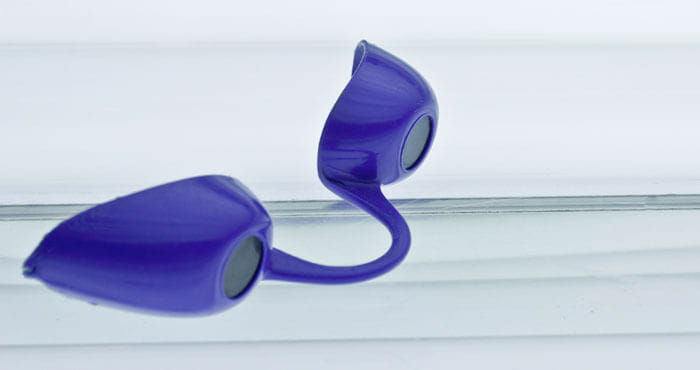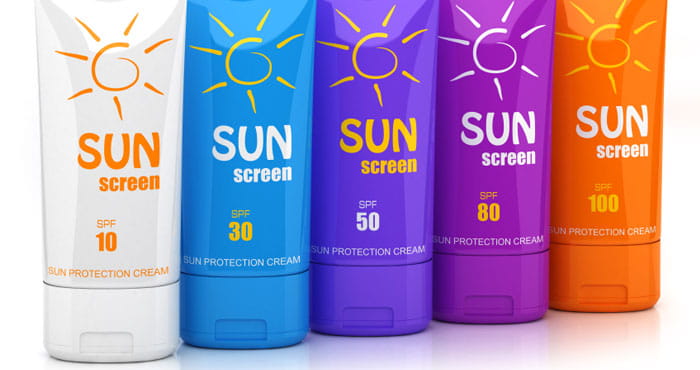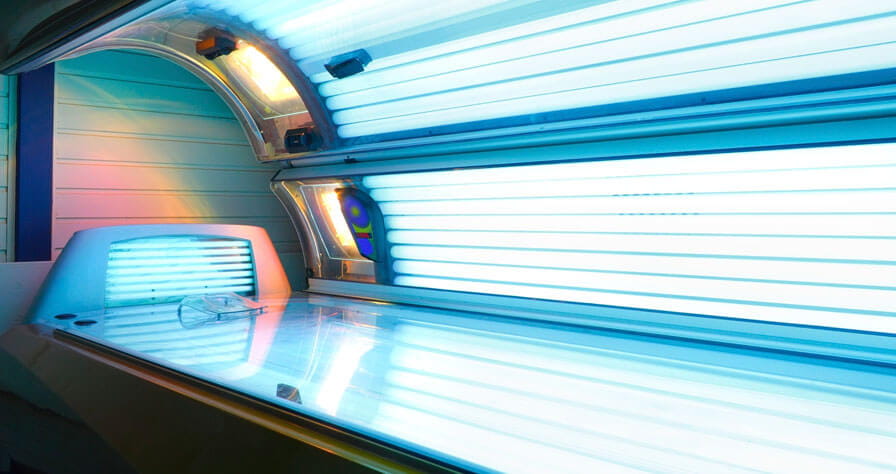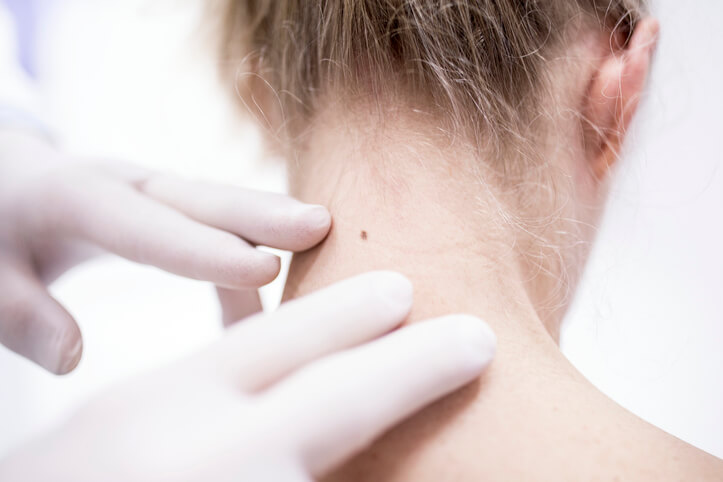The Dangers of Tanning Beds

Exposure to ultraviolet (UV) radiation – whether from the sun or from artificial sources such as sunlamps used in tanning beds – increases your risk of developing skin cancer. Melanoma, the deadliest form of skin cancer, is linked to getting severe sunburns, especially at a young age. In fact, melanoma is the second most common form of cancer for young adults ages 15-29.
Melanoma lesions grow upward from the skin, before growing down into the tissue below your skin’s surface and metastasizing. If you have a spot, or ‘lesion,’ on your skin that has any of the following characteristics, get it checked immediately:
- It’s clearly growing in size.
- Its borders are irregular.
- Pigment is black or bluish.
- It has satellite lesions that grow up around it.
- It bleeds repeatedly, without any trauma causing it.
- It looks like a wound that fails to heal.
- A mole becomes itchy, scaly or oozy.
In addition to the serious risk of skin cancer, indoor tanning can cause:
- Premature aging. Tanning causes your skin to lose elasticity and wrinkle prematurely.
- Immune suppression. UV radiation may suppress the proper functioning of your body’s immune system and your skin’s natural defenses, leaving you more vulnerable to diseases, including skin cancer.
- Eye damage. Exposure to UV radiation can cause irreversible damage to your eyes.
- Allergic reaction. Some people who are especially sensitive to UV radiation may develop an itchy red rash.
If you want to look tan, consider using sunless tanning products. Sunless tanning products, also called self-tanners, can give your skin a tanned look without exposing it to harmful UV rays. Sunless tanning products are commonly sold as lotions and sprays you apply to your skin.



